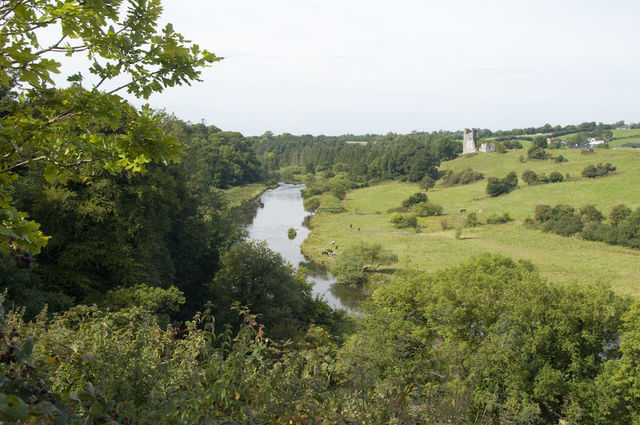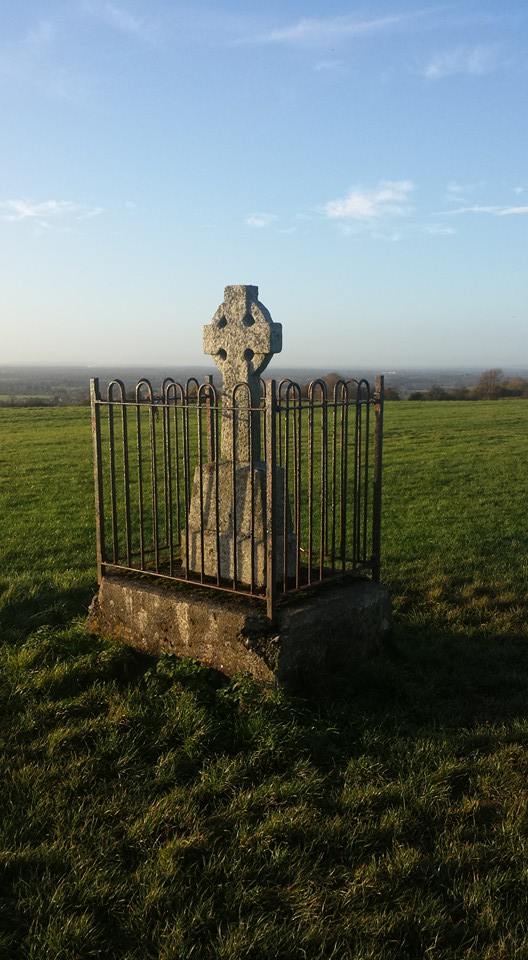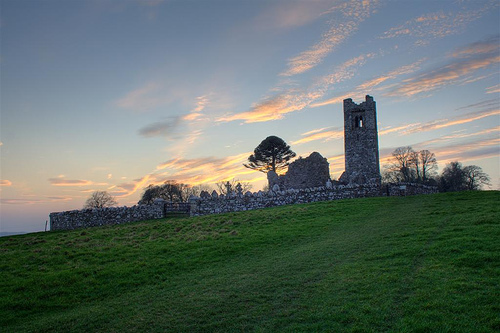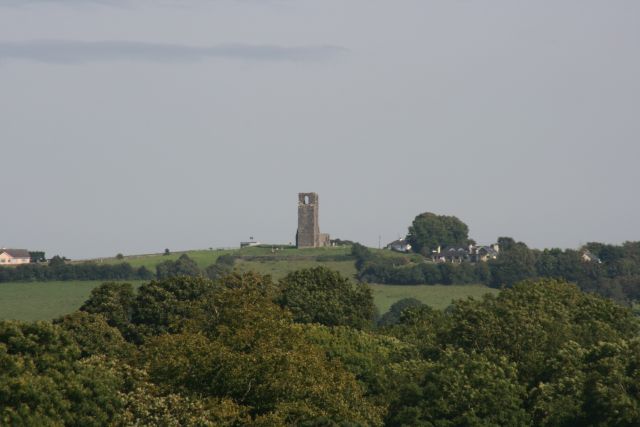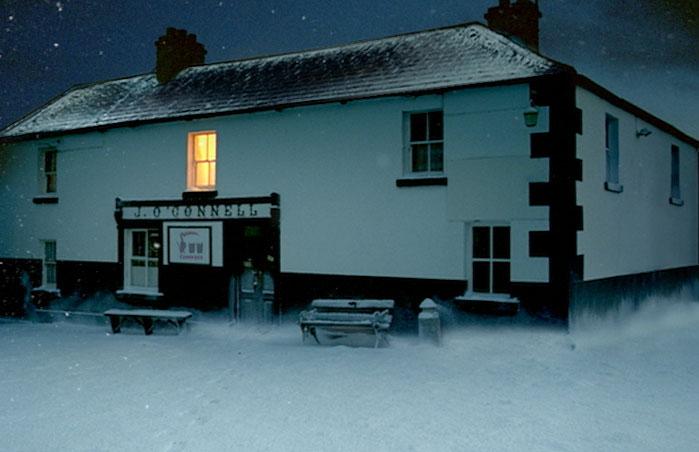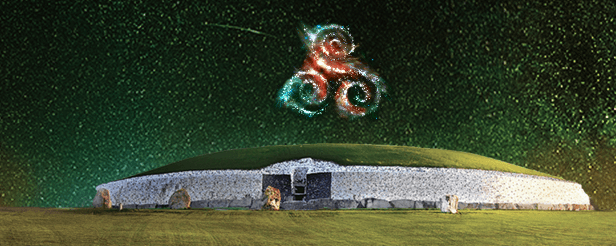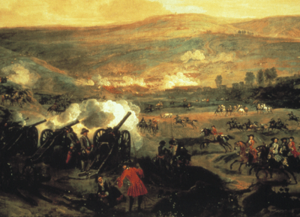The Boyne Valley – A Journey Through Time
A journey through the Boyne Valley is a journey back in time, there is no question about it. It is a land of myth and legend, Norman knights, Christian monks, beautiful scenery and gates that shout back at you! The Boyne Valley is home to some of the oldest passage tombs in the world. It was here that the ancient high kings of Ireland were inaugurated. The legendary Irish mythical hero Cúchulainn was said to have been born here and according to legend St Patrick is said to have lit the fire that signaled Christianity’s victory over the pagans here. These are only some of the chapters from a story that began over 5,000 years ago.
The Hill of Tara
Driving up to this site you would be forgiven for thinking this was not a historical site. To the untrained eye it is simply a hill with various bumps and drops, but it is a lot more then that. Standing at over 1,000 feet above sea level it was one of the five royal sites of Ireland, the other four are Emain Macha (Ulster), Rathcroghan (Connacht), the Rock of Cashel (Munster) and Dún Ailinne (Leinster). Back in ancient times Ireland was divided into these four kingdoms with Mide as the fifth, with Tara as it’s seat. Tara was also the seat of the High Kings of Ireland.
Just down the road from the main entrance onto the site you will find a farmers gate which also leads onto the site. It was at this gateway that the four ancient highways of Ireland met, so you could say all roads lead to Tara! From here the procession of the new High King would begin and they would ride on a chariot up a linear earthwork that is known as the Banqueting Hall. Once at the top they would have to ride against two large stones, which would only move if the High King was meant to be and stay shut if he was not. They would then make their way to the mystical Stone of Destiny or Lia Fáil, which would roar the new High King’s approval so loud that the whole of Ireland could hear it. This is only a small part of the story of Tara. I guess you’ll have to visit it to find out for yourself!
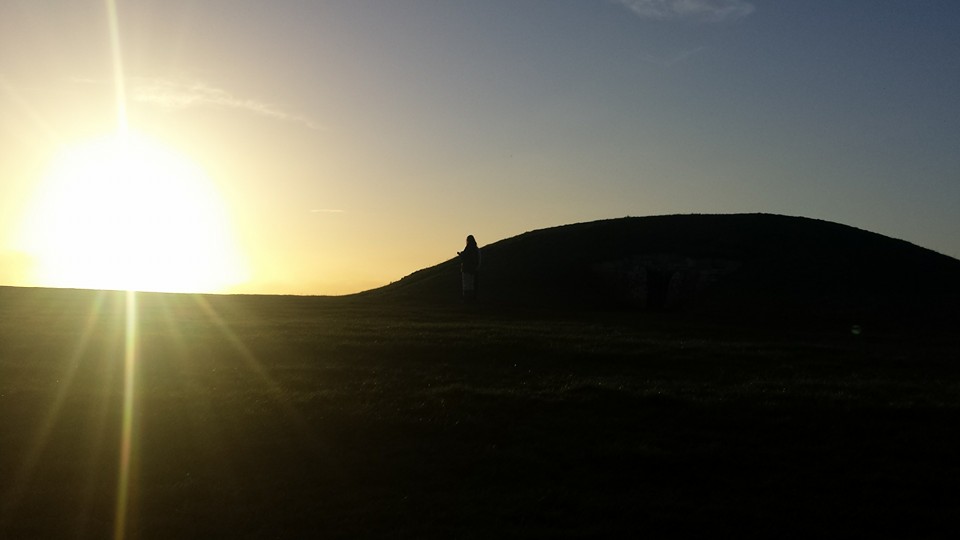
The Mound of the Hostages dates back over 5,000 years and the was the original site of the Lia Fáil before it was moved to mark the graves of the 1798 rebels.
Trim Castle
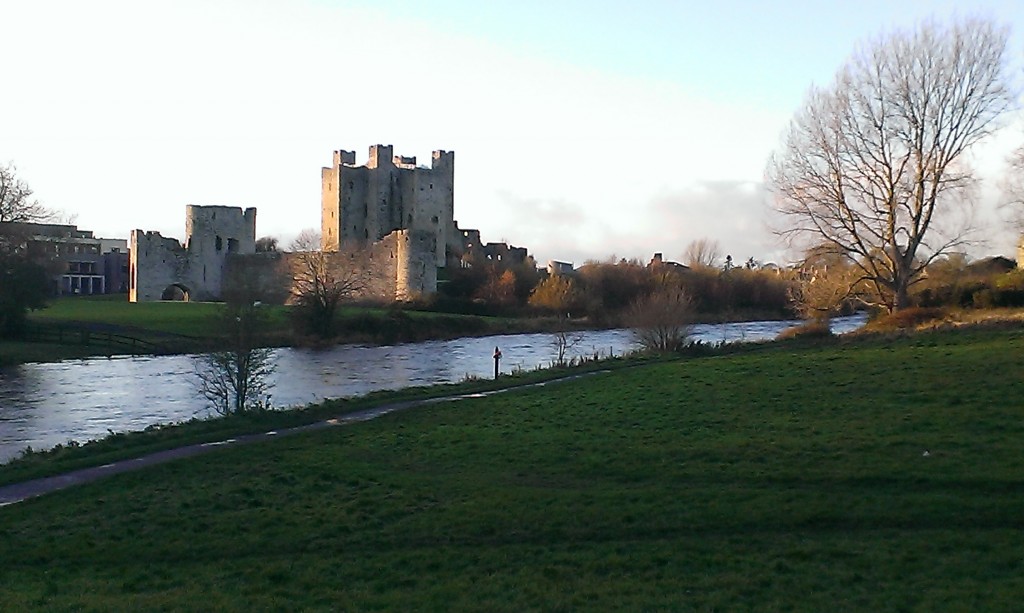
An imposing site even in modern times, the castle was begun by Hugh de Lacy and finished by his son Walter.
Here you will find one of the finest examples of an Anglo Norman castle in all of Ireland. In 1170 Anglo Norman forces led by Strongbow landed in Ireland and when King Henry II of England landed a year later he granted the area around Trim to a man called Hugh de Lacy. The castle was originally a wooden ringwork fortress but in 1173 was attacked and burnt by the Irish. De Lacy began reconstruction of the castle in the same year and was completed in the year 1224 by his son Walter. With it’s stout walls, towers and intimidating keep standing atop a hill on the bend of the river Boyne it was a startling reminder to the locals that the Anglo Normans were there to stay.
Hill of Slane
10 miles from the Hill of Tara there is the equally impressive Hill of Slane. In 432 St Patrick is said to have returned to Ireland to spread Christianity having already spent time in Ireland as a slave. After making his way up the river Boyne he climbed the Hill of Slane and lit a fire. This doesn’t seem too bad, but it was the festival of Bealtaine and all fires had to be put out until the druids and the High King lit a fire on the Hill of Tara to celebrate the coming of summer. The High King led his men to Slane to confront St Patrick and apparently one of the druids, called Erc, fell to his knees and converted. St Patrick made him the first Bishop of Slane and his grave can still be seen in the graveyard.
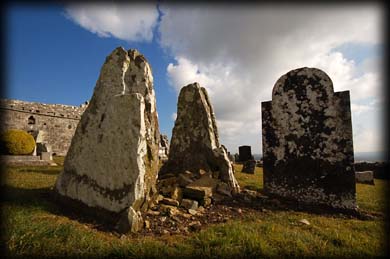
Allegedly the tomb of Saint Erc, a druid who submitted to Saint Patrick. He was the first Bishop of Slane.
Hill of Skryne
Despite being situated higher than the Hill of Tara this is, ironically, one of the Boyne Valley’s hidden gems. The view alone is spectacular, with a 360 degree uninterrupted view towards north, south, east and west. The Hill of Tara is easily spotted from here as is the Hill of Slane, while the flagpoles of the less mythical Tayto Park can also be picked out. The hilltop consists of a medieval church and graveyard but the site goes back to Early Christian Ireland. It was originally called Achall but when the relics of St Colmcille were brought here the Latin word Scrin was used for the area and this became Skryne overtime. Beside the church there is a pub called O’Connell’s and those familiar with Guinness will recognize it from the Guinness White Christmas advert.
The Echo Gate
Just across the river Boyne from Trim Castle if you travel on the main road towards Dublin you will come across a simple farmers gate. There is an interesting phenomenon about this gate however! If you shout at the gate towards the river, apparently you can hear your voice being shouted back at you! Hence the name it has earned.
Newgrange
Travelling along the Boyne towards Drogheda travelers will eventually come across the Newgrange monument towering above a bend in the river Boyne. Dating back over 5,000 years it predates the Pyramids of Giza by over 500 years and Stonehenge by a thousand years. It is a designated UNESCO World Heritage Site and its construction is a wonder to be hold. According to Irish myth it was a dwelling place for the Tuatha Dé Danaan, a mythical race of gods that inhabited Ireland before the arrival of humans. When the humans arrived they retreated into places like Newgrange, which were the entrance points to the Otherworld. Newgrange served as a burial chamber for possibly only very important people and it is supposedly the birthplace of Cúchulainn, a mythical Irish hero. Just as our ancestors did 5,000 years ago we too can now appreciate its wonder and glory.
Boyne Canal
If you’re up for a bit of walk through the splendor of the Boyne Valley, then the ramparts in Navan will provide that for you. The Boyne Navigational Canal was built at the end of the 18th century and into the early 19th century and linked the port of Drogheda with the watermills of Navan. However it was built around the time of the coming of the steam train and it never really got off its feet. Today it looks like a shadow of what it once was but hidden within is a gem worth discovering and it is called Babes Bridge. All that remains of this bridge is a single archway and it dates back to the time of King John, making it one of the oldest bridges in Ireland. While this is contested natives of Meath will declare that it is the oldest bridge full stop! It was also known as Robber’s Bridge because of it being a haunt for highwaymen and was the only bridge from Trim to Drogheda to survive a flood in the year 1330. Just goes to show they had good builders in Navan!
Battle of the Boyne
Not too far away from the Newgrange monument is the site of one of the most famous battles in Ireland, the Battle of the Boyne. In 1688 King James II was kicked off the throne of England, Scotland and Ireland to be replaced by his son-in-law, William of Orange, who was crowned King William III. James fled to France and sailed for Ireland in 1689 with a French army where he was joined by Irish Catholic supporters. William landed an army in the summer of the same year but it would be July 1690 before he would meet James in battle. On a summers day by the banks of the Boyne a battle was fought to determine the faith of the British crowns. William was triumphant and over 2,000 soldiers died on the day. Today you can visit the Battle of the Boyne Visitor Centre and a get a sense of what it was like on that hot summer’s day in 1690.
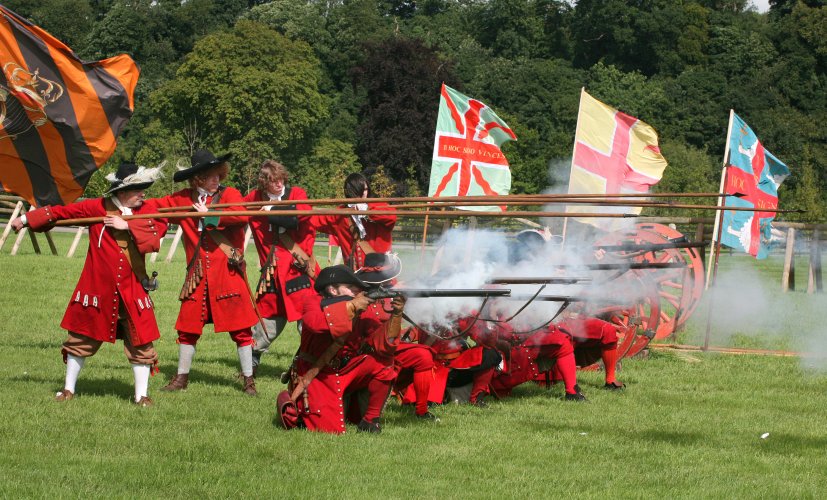
What the Battle of the Boyne may have looked like, as demonstrated at the Battle of the Boyne Visitor Centre.

